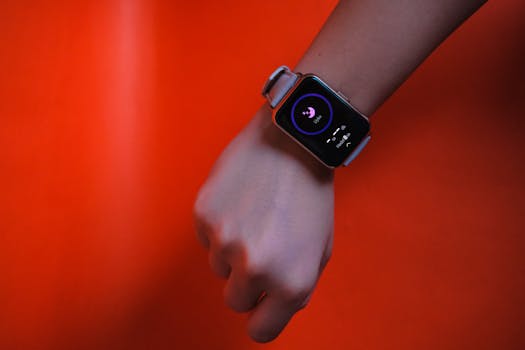
Introduction to the Wearable Revolution

wearable technology has come a long way since the first fitness trackers hit the market. As we navigate through 2025, it’s exciting to envision how innovations in wearable tech will not only enhance individual lifestyles but also impact healthcare, fitness, and even fashion. With advancements in materials, data integration, and a focus on user experience, the next generation of wearable tech is set to surprise and delight users.
Improved Health Monitoring Solutions
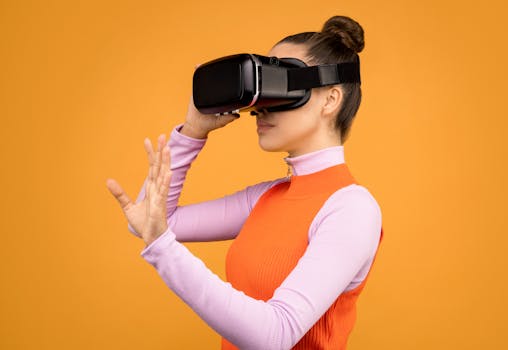
One of the most significant developments in wearable technology is the enhancement of health monitoring capabilities. In 2025, we can expect wearable devices to offer comprehensive health metrics, going beyond simple heart rate monitors. Wearables will increasingly integrate sophisticated sensors capable of detecting vital signs more accurately. For instance, innovations like continuous glucose monitoring and blood pressure tracking without traditional cuffs will create possibilities for individuals managing chronic conditions. This unique integration ensures proactivity in personalized healthcare.
Smart Fabrics and Adaptive Wearables
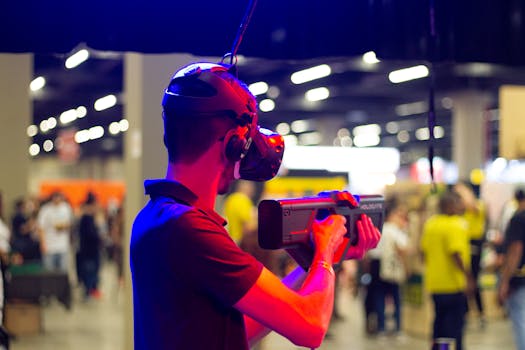
The concept of smart fabrics is gaining momentum, with clothing becoming an integral part of the wearable tech ecosystem. Brands will incorporate sends in textiles, making performance-enhancing clothes a reality. Imagine workout gear that can track your muscle exertion and hydration levels or detect fatigue, adjusting its properties during physical activity! In 2025, fashion can enact a marriage between style and function, resulting in contemporary apparel outfitted with discreet technology.
Augmented Reality Glasses: Beyond Gaming
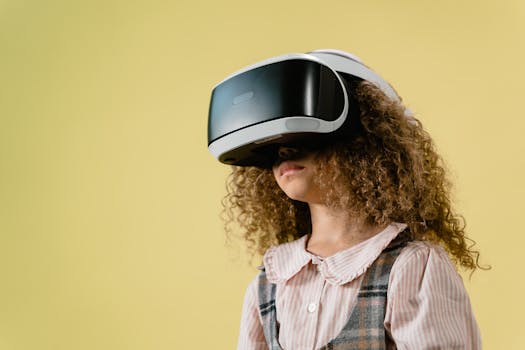
While augmented reality (AR) glasses have been circled with speculation primarily surrounding gaming, by 2025, we will witness the advent of AR glasses designed for everyday applications. These sleek glasses will offer navigation aids, heads-up displays for notifications, or even translations on the go. They will empower users to remain connected seamlessly while ensuring two of humanity’s oldest necessities—data interaction and connectivity—can move beyond portable screens and into reality.
Beyond Personal Use: The Impact of Wearable Tech in Workspaces
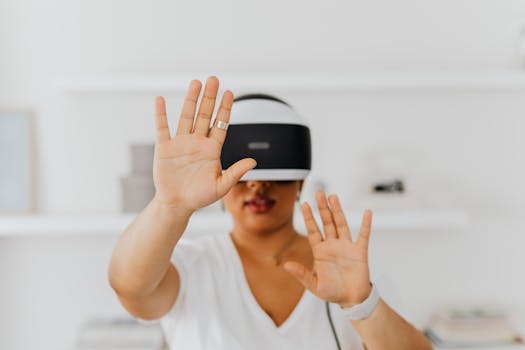
As companies evolve, the integration of wearable technology into the workplace will streamline productivity and communication. Wearables like smart headsets could enable hands-free communication, delegating tasks without the need for distraction. Organizations will leverage their data to assess welfare trends, enabling timely interventions when team members exhibit symptoms of stress or fatigue, creating a healthier work environment.






